EGKH is one of the finest Kukri/Knives manufacturers and sellers among the Nepal.
Here at EGKH, all of our products are hand-made in Nepal by well-experienced Bishwakarmas (traditional kukri makers or kaami), using only the best, high-quality materials, and using traditional methods and hand tools.
This is a 24 Inch Blade Historical Nepali Talwar Sword made up of Highly graded Carbon Steel of belly 4.5 cm and spine 7 mm thick.
Along a Full Tang handle of 6 inch made up of Brass along a guard for the grip.
EGKH vows to give you the best products as well as the best service.
It is a traditional Tulwar used by Kings back then and is historically a warrior.
Department name: unisex-adult.
This is one of the traditional type of Sword (Talvar) and EGKH has endeavored making this Sword a modification. This kind of swords has been traditionally using by Nepali in specials days such as festive, ceremonial etc. It has metal grip with buffalo leather Sheath . The blade length is approximately 24″ with 6″ handle made of metal. In the ancient time, Nepalese rulers used to take these kinds of swords(Talvar) for their own safe as well as to finish the enemies. History of Talwar: The word talwar originated from the Sanskrit word taravāri (Sanskrit: तरवारि) which means “one-edged sword”. Talwar also means ”sword” in Urdu, Hindi and ”toloar” in Bengali. Like many swords from around the world with an etymology derived from a term meaning simply ‘sword’, the talwar has in scholarship, and in museum and collector usage, acquired a more specific meaning. Unfortunately, South Asian swords, while showing a rich diversity of forms, suffer from relatively poor dating (so developmental history is obscure) and a lack of precise nomenclature and classification. The typical talwar is a type of sabre, characterised by a curved blade (without the radical curve of some Persian swords), possessing an all-metal hilt with integral quillons and a disc-shaped pommel (sometimes called the ‘Indo-Muslim hilt’ or ‘standard Indian hilt’). Talwars possessing only slightly curved blades can be called sirohi. However, many other variations exist. Swords with straight blades and the disc-pommel hilt are usually referred to as ‘straight-bladed talwars’ (though the word dhup is also used), those with the same hilt, but yatagan-type forward-curved blades are termed ‘sosun patta’. Swords with sabre-blades and all metal Indo-Muslim hilts, but having the pommel in the shape of the head of an animal or bird, instead of the disc, are termed talwar, without being differentiated by name. Specifications: *Blade Length and type: 24 inches- Made up of Highly graded Carbon

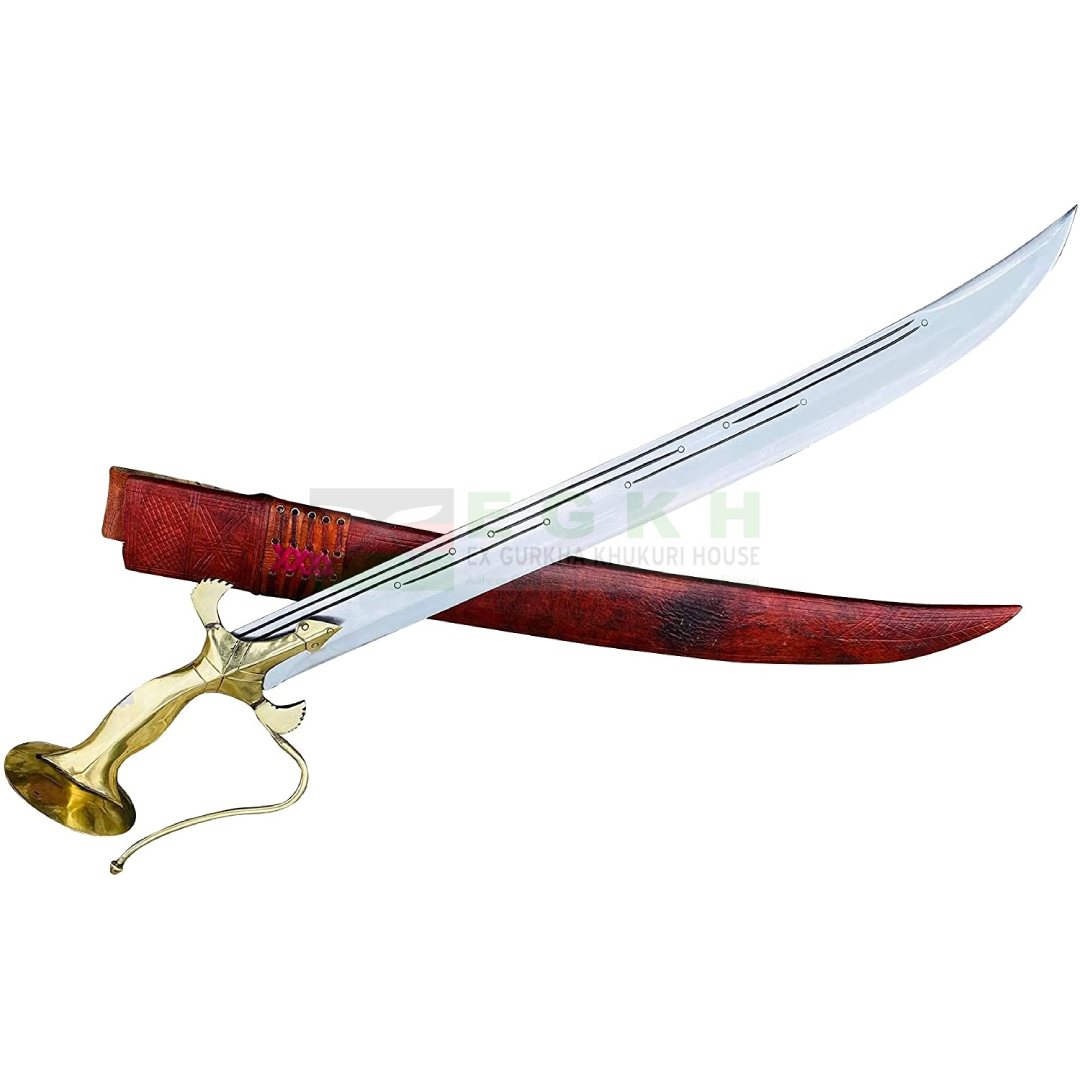
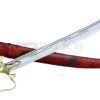
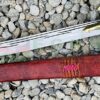
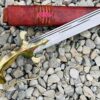
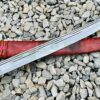


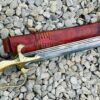
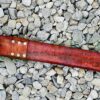

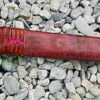
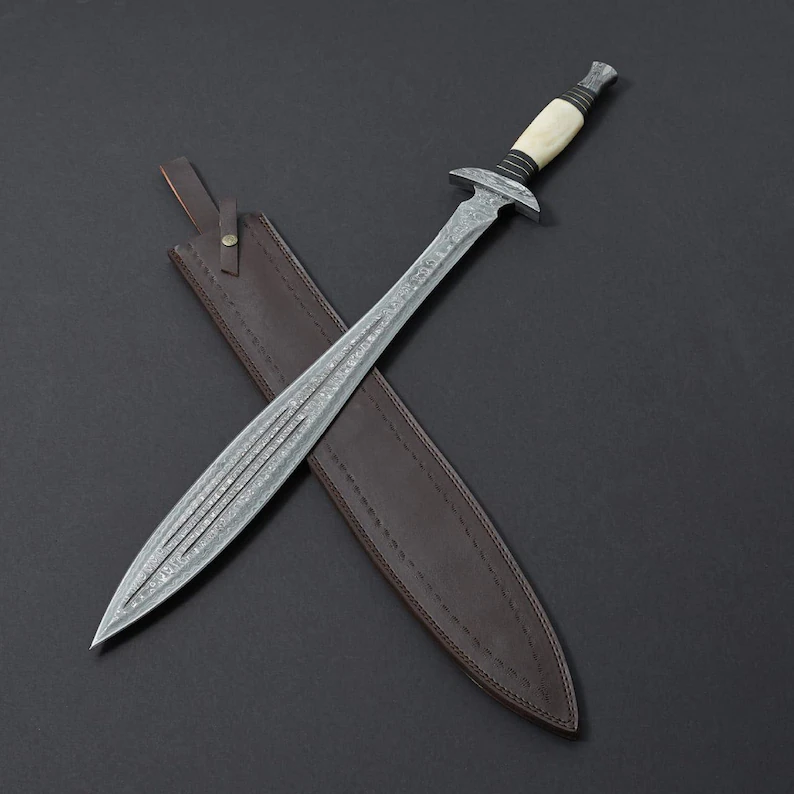

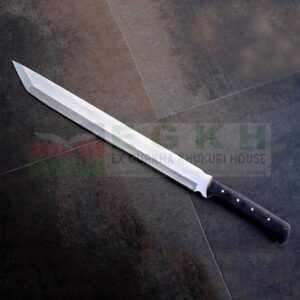
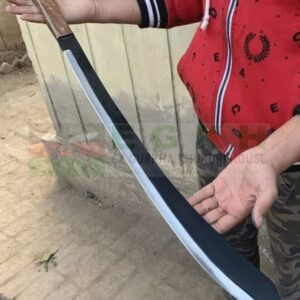
Reviews
There are no reviews yet.